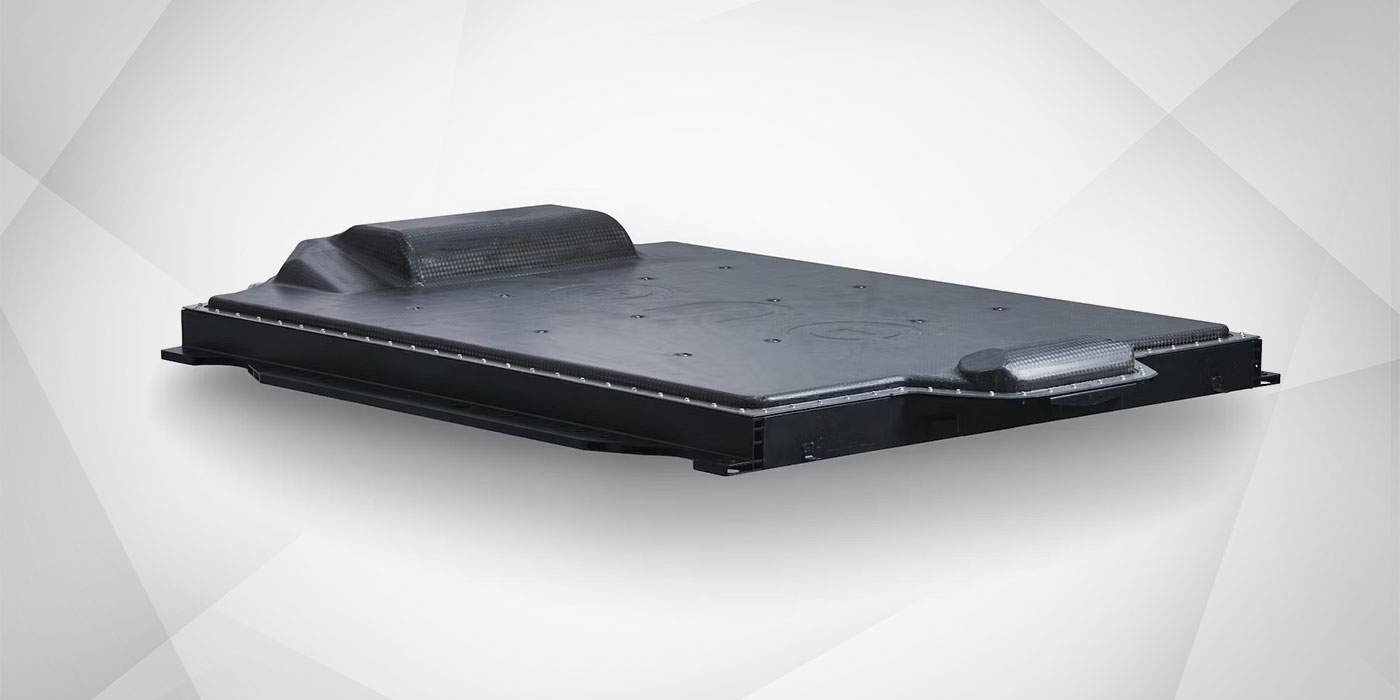Our Next Energy (ONE), a Michigan-based energy storage technology company, said its Gemini dual-chemistry battery achieved 608.1 miles of range in a BMW iX on a single charge. This was achieved using a WLTP test cycle, the European standard for determining the range of fully electric vehicles.
“Electric vehicles will achieve mass adoption when they offer enough range that people will feel comfortable having an EV as their only vehicle,” Mujeeb Ijaz, CEO and founder of ONE said. “The Gemini battery has proven it can double the range of EVs and break down the biggest barrier to electrification.”
ONE said Gemini’s dual-chemistry architecture contains two different cell types using different battery chemistries. Lithium iron phosphate (LFP) cells power the motor and meet the demands of 99% of daily trips with a range of 150 miles. For longer road trips, the Gemini uses high energy density anode-free cells to provide an additional 450 miles of range by transferring power through ONE’s proprietary high-efficiency DC-to-DC converter. Coupled with the DC-to-DC converter, the two cells work together to offer more than 600 miles on a single charge.
In addition to extended range, ONE’s Gemini technology reduces lithium use by up to 20% and graphite by 60% and minimizes the use of nickel and cobalt. In doing so, ONE said it is creating a more sustainable energy storage technology that can significantly reduce environmental impact and cost.
Last year, ONE signed an agreement with BMW Group to incorporate the Gemini battery technology into the BMW iX all-electric sports activity vehicle. BMW i Ventures, the Silicon Valley-based venture capital arm of the automaker, is also an investor in ONE.
Now that ONE has successfully demonstrated the Gemini technology, the company said it will focus on further refinements to the system to prepare for commercialization. These include improving the efficiency of the DC-to-DC converter, developing enhanced control algorithms to optimize usage of the range extender cells and conducting further battery validation and cell development.
Read the full article here




